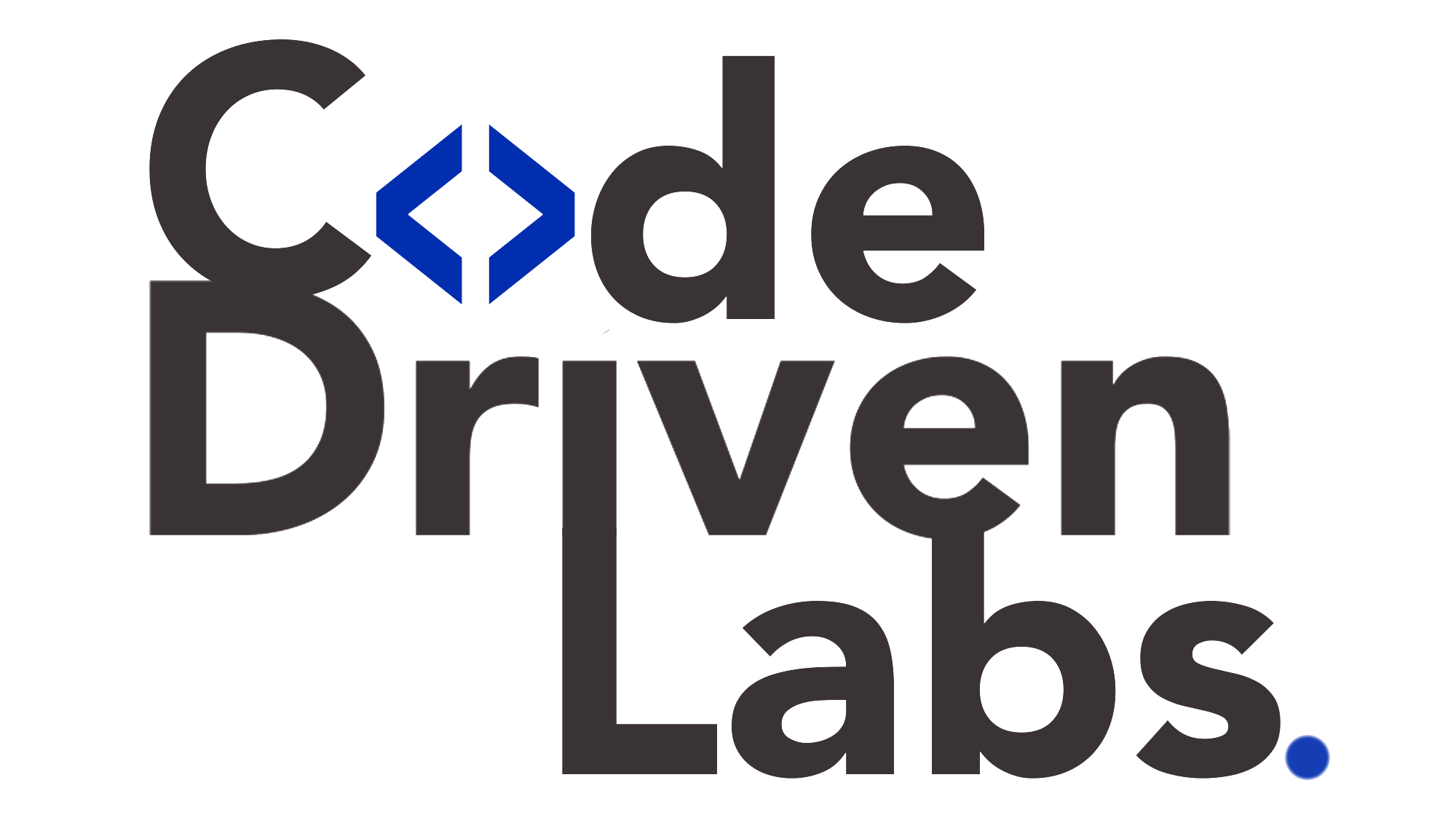Level up your business with US.
- Home
- How Different Industries Leverage Software Testing to Deliver Quality at Scale
How Different Industries Leverage Software Testing to Deliver Quality at Scale
August 13, 2025 - Blog
How Different Industries Leverage Software Testing to Deliver Quality at Scale
Machine learning (ML) is no longer a niche technology. It powers everyday applications — from personalized recommendations on e-commerce platforms to fraud detection in banking and predictive maintenance in manufacturing. But for every model that makes it into production, there is a complex journey behind the scenes.
Taking a machine learning model from experiment to deployment is not just about coding algorithms. It involves multiple steps: preparing data, selecting the right model, testing, validating, integrating into production systems, and continuously monitoring performance.
In today’s fast-paced AI-driven world, this process needs to be fast, reliable, and collaborative. That’s where code-driven labs are proving to be game-changers, enabling teams to move from concept to impact at unprecedented speed.

Understanding the Machine Learning Model Lifecycle
The journey of a machine learning model can be broken down into distinct stages. Each stage has unique challenges and requirements.
1. Problem Definition
Every ML project begins with a clear understanding of the business objective. For example:
-
Predicting customer churn for a subscription service.
-
Detecting anomalies in credit card transactions.
-
Forecasting demand for a retail supply chain.
This step ensures alignment between the technical team’s work and the organization’s strategic goals.
2. Data Collection and Preparation
The quality of a model depends on the quality of its data. This stage involves:
-
Data Collection – Aggregating information from databases, APIs, IoT devices, or public datasets.
-
Data Cleaning – Handling missing values, removing duplicates, correcting errors.
-
Feature Engineering – Creating meaningful variables that help the model learn patterns more effectively.
Data preparation often consumes 60–80% of the total project time. Without a robust process, the rest of the workflow suffers.
3. Model Selection
Choosing the right algorithm is critical. Options range from:
-
Linear Regression for continuous predictions.
-
Decision Trees and Random Forests for classification.
-
Neural Networks for complex pattern recognition.
The selection depends on:
-
The nature of the problem.
-
The size and type of the dataset.
-
The trade-off between interpretability and accuracy.
4. Experimentation and Training
This stage is the heart of ML development:
-
Multiple algorithms are tested.
-
Hyperparameters are tuned.
-
Cross-validation is used to check generalization ability.
Experiment tracking becomes crucial here — teams must know what was tried, how it was configured, and what results were achieved.
5. Validation and Evaluation
Before deployment, the model must be rigorously tested using metrics such as:
-
Accuracy – For classification problems.
-
RMSE (Root Mean Squared Error) – For regression tasks.
-
Precision and Recall – For imbalanced datasets.
-
AUC-ROC – For classification quality.
Validation ensures the model performs well not only on training data but also on unseen real-world data.
6. Deployment
Deployment involves integrating the model into production systems so it can generate predictions in real-time or on a scheduled basis. This requires:
-
APIs for model access.
-
Scalable infrastructure to handle load.
-
Security measures to protect data integrity.
7. Monitoring and Maintenance
The journey doesn’t end at deployment. Models must be monitored for drift, retrained with new data, and updated to adapt to changing conditions.
Challenges in the ML Journey
While the process seems straightforward, real-world projects encounter roadblocks:
-
Fragmented Tools – Data prep, training, and deployment often happen in separate systems.
-
Poor Experiment Tracking – Without proper documentation, it’s hard to reproduce or improve results.
-
Slow Collaboration – Data scientists, engineers, and business teams may work in silos.
-
Scaling Issues – Models that perform well in the lab may fail under production load.
-
Compliance Risks – Lack of transparency in model decisions can lead to regulatory problems.
How Code-Driven Labs Streamline the Process
Code-driven labs are collaborative, cloud-based environments designed for end-to-end ML development. They integrate data engineering, experimentation, deployment, and monitoring into a single platform.
Here’s how they help at each stage:
1. Unified Workspace
Instead of jumping between tools, teams can handle data prep, model building, testing, and deployment in one environment — reducing friction and errors.
2. Reproducibility
Every experiment is automatically logged, including:
-
Code version.
-
Data sources.
-
Model parameters.
-
Evaluation metrics.
This ensures that results can be reproduced and improved over time.
3. Faster Experimentation
Code-driven labs provide pre-configured environments with ML libraries and GPU/TPU resources. This allows for rapid model training and comparison without setup delays.
4. Collaboration Across Teams
Data scientists, ML engineers, and business stakeholders can access the same project workspace, view results, and provide feedback instantly.
5. Seamless Deployment
With built-in deployment pipelines, models can move from experimentation to production in a few clicks — supporting both real-time and batch prediction workflows.
6. Integrated Monitoring
Once deployed, models can be monitored for performance drift, data quality issues, and anomalies directly from the lab interface.
Real-World Example: Predictive Maintenance in Manufacturing
A manufacturing company wanted to reduce machine downtime using predictive analytics.
Traditional Approach:
-
Data engineers built custom scripts for data extraction.
-
Data scientists worked separately on local machines.
-
Deploying the model required manual integration into operational systems.
-
Collaboration was slow, and debugging took weeks.
Code-Driven Lab Approach:
-
Data ingestion, cleaning, and model training happened in the same workspace.
-
Experiments were tracked with version control.
-
Deployment was automated through the lab’s pipeline feature.
-
Engineers and analysts collaborated in real time, reducing project delivery from 6 months to 8 weeks.
Best Practices for Using Code-Driven Labs in the ML Journey
-
Document Everything – Even with automated tracking, add human-readable notes for clarity.
-
Automate Data Pipelines – Ensure that the latest data flows into the model for retraining.
-
Use Built-in Explainability Tools – Provide transparency for model decisions.
-
Test in Staging Before Production – Always validate in a controlled environment first.
-
Monitor Continuously – Use lab dashboards to detect performance degradation early.
The Future of Machine Learning Deployment
As AI adoption accelerates, the gap between experimentation and deployment will continue to shrink. In the near future, we can expect:
-
Fully Automated MLOps Pipelines – With zero-touch retraining and deployment.
-
Integrated Compliance Reporting – Meeting regulatory requirements within the same platform.
-
Real-Time Collaboration Across Borders – Teams working globally without latency barriers.
Code-driven labs are at the center of this evolution, offering the infrastructure, tools, and processes needed to make ML development both faster and more reliable.
Conclusion
The journey of a machine learning model — from experiment to deployment — is a complex, multi-stage process requiring both technical expertise and operational efficiency.
Code-driven labs provide a powerful solution, enabling unified workflows, reproducibility, faster experimentation, and seamless deployment. By adopting these platforms, organizations can not only speed up their ML projects but also ensure higher quality, greater transparency, and stronger business impact.
In the age of AI, the ability to move quickly from idea to implementation will define the leaders in every industry. Code-driven labs are making that possible.
